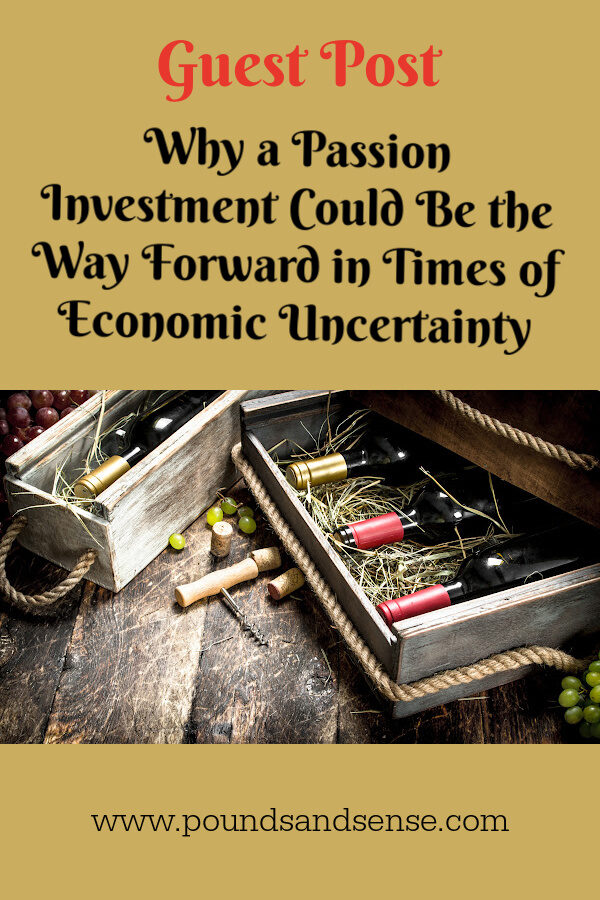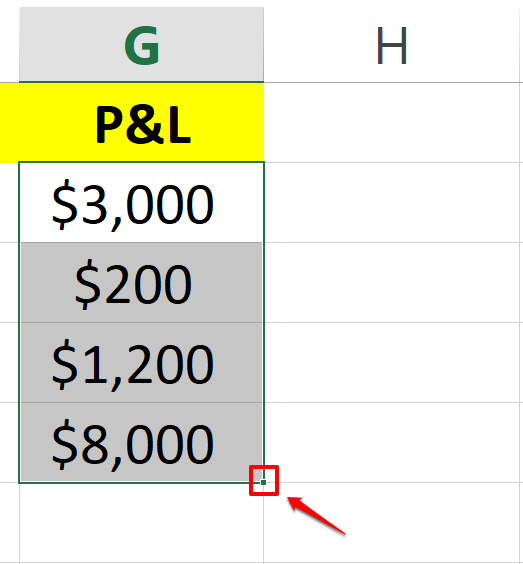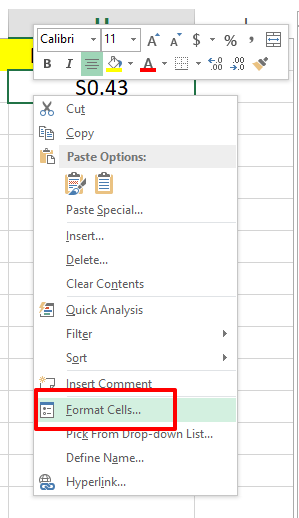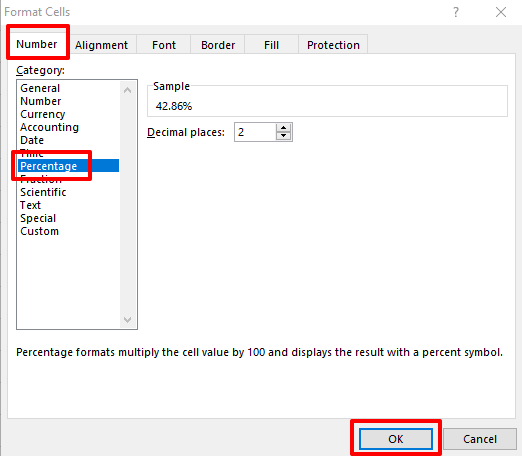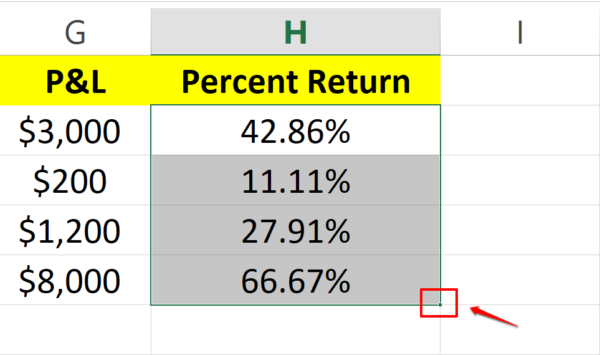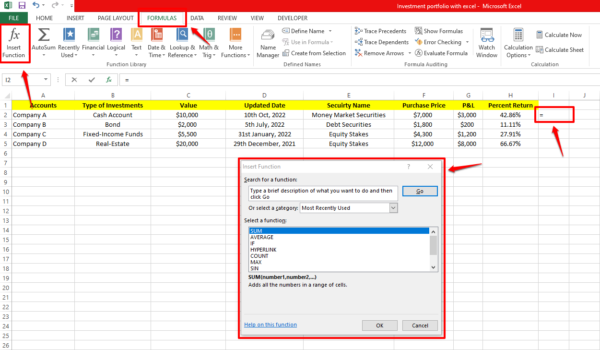Guest Post: How to Manage Your Time and Money in Retirement
Today I have a guest post that may be of interest to many readers of this blog.
It has recently been reported that nearly 100,000 retirees have returned to work due to the cost of living crisis and the realization that they need more money to live in reasonable comfort.
To help those in or nearing retirement, my friends at Equity Release Supermarket have set out some of their top tips for older people on how best to manage their finances, time, and boundaries with loved ones, to support their overall mental and physical well-being.
Many consider retirement to be the first time in their adult lives that they can relax and prioritize doing what they enjoy most.
This new-found freedom can be overwhelming, however, and establishing a new routine can take time. What’s more, as the cost of living crisis continues, those in and approaching retirement likely need to pay closer attention to their personal finances and outgoings.
Mark Gregory, Founder and CEO at Equity Release Supermarket, explains: “We speak to hundreds of over 55s each week and, for many people, the prospect of spending more time with loved ones and being able to offer support to their family is what they look forward to most. We also see how people want to use retirement as an opportunity to pursue budding interests or fulfil personal goals.
“As a result, it is important that those in and approaching this stage of their life manage both their time and money, helping to get the most from their retirement plan and budget.”
To help, the experts at Equity Release Supermarket have shared steps for retirees to keep on top of their time and finances to ultimately support their well-being and achieve their retirement goals.
Set goals by creating a retirement plan
Whether retirement is a few years away or you’ve already stopped working, we recommend making a retirement plan.
Start by thinking about your long term goals, such as places you want to travel to or whether you’d be interested in learning a new skill in the future. Then, consider what day-to-day activities you enjoy doing, such as spending time with grandchildren or visiting friends, as well as tasks you want to tick off your to-do list. This could include anything from giving your garden a makeover to clearing out old items from the loft.
Mapping out your days, weeks, and even years with goals and activities that will bring you fulfilment will help you organize your priorities for retirement. You could write these goals down in a notepad or even create a vision board.
Regardless of your process, make sure your retirement plan is something you can physically refer to in the future, rather than just having all the ideas up in your head.
Check in with your budget
When it comes to planning your yearly budget, you will need to establish how much money you require for your outgoings and living costs, as well as any big expenses you have planned for retirement. This could be anything from a bucket-list travel destination to supporting a son or daughter in buying their first home.
If possible, you should also aim to create an emergency savings pot, to use for any unexpected expenses.
However, it is important to remember that just because you have set your budget, those figures are not set in stone.
There are many factors that can affect your outgoings, from the ongoing cost of living crisis to personal changes such as marriage, divorce, moving house/downsizing or serious illness. Be flexible with your budget and priorities to accommodate these changes and the impact they may have on your personal finances. You might find that you need to seek out other financial options or guidance to support both your retirement and your loved ones.
It’s also important to continually check whether the money you’ve set aside for big expenses is working for you and your well-being. You might realize that you want to spend more money on things you hadn’t planned for, such as renovating the house or going on a once-in-a-lifetime holiday – in which case, you will need to update your financial plan accordingly.
Communicate with loved ones
Although creating a clear plan for retirement is essential, you also need to be mindful that life does not follow a set path.
From your physical health and mobility to ticking off your travel plans, your goals and potential limitations in retirement will adjust over time – and that’s fine and to be expected.
As difficult as it may be to admit, it can become a burden to spend your free time exactly as planned or support loved ones as much as you hoped. In these instances, it is important to keep communicating with your loved ones and be honest with them, so they can offer you support too. This will help to alleviate any pressure you may be feeling and allow your family and friends to be more accommodating of your situation.
Take care of your physical and mental well-being
It is important to make time in retirement for activities that will aid your well-being, especially as loneliness and depression are increasingly prevalent in later life.
Without the daily company of colleagues, you need to ensure you still get chances to socialize and see friends. Whether it’s arranging a coffee catch-up or joining a new local club, there are plenty of ways to incorporate social activities into the week without spending too much money, seeing both old friends and making new ones.
You can also take up activities that will benefit your physical and mental health at the same time, such as walking or low-impact exercises such as Pilates or yoga.
Think about the future
Although retirement may have been the end goal for your working life, it doesn’t mean you should stop planning for the future.
For example, you can make financial decisions that will save time and money in the long run. This could include minimizing your monthly outgoings to pay off existing mortgages quicker, as well as potentially providing you and your loved ones with more freedom later down the line.
If you’re planning to leave an inheritance to your children or family members, it is also worth considering gifting this money instead. Money gifted through equity release [or otherwise] becomes exempt from inheritance tax, provided that the giver lives for seven years afterwards. This can be a useful strategy for those who want to offer more financial support to loved ones throughout retirement and see the positive impact of this themselves.
So there you have it, five tips for getting the most from retirement. For more information about finances in retirement, visit the Equity Release Supermarket website.
My thoughts
Thanks again to my friends at Equity Release Supermarket for a useful and thought-provoking article.
I do agree it’s important to cultivate a strong social network in retirement, both with existing friends and family and with new friends and connections.
Time and again, studies have found that older people are both mentally and physically healthier when they foster relationships with others and maintain strong social connections. By contrast, social isolation and loneliness in old age have been linked to higher risks of heart disease, obesity, depression, cognitive decline, and so on.
Staying connected is especially important if (like me) you live alone. Social groups such as U3A are inexpensive to join and offer a wide range of activities, from rambling to guitar-playing, bird-watching to music appreciation. It’s well worth checking if there is a U3A group in your area. I recently joined not one but two local U3A groups and plan to write a post about this soon.
it’s also important to pay careful attention to your finances in retirement. On the one hand, you need to watch your income and expenditure to ensure you don’t run out of money in old age. On the other hand, though, you don’t want to deprive yourself without good reason and end up leading an unnecessarily frugal existence in what should be your ‘golden years’.
If you’re unsure about your finances, it can be a good idea to have a chat with a professional financial adviser. You definitely don’t need to be super-wealthy for this. Take a look at my blog post 10 Reasons Over-50s May Need an Independent Financial Adviser for more information. Most advisers (including mine) will be happy to arrange an initial meeting free of charge and without obligation.
As always, if you have any comments or questions about this post, please do leave them below.









